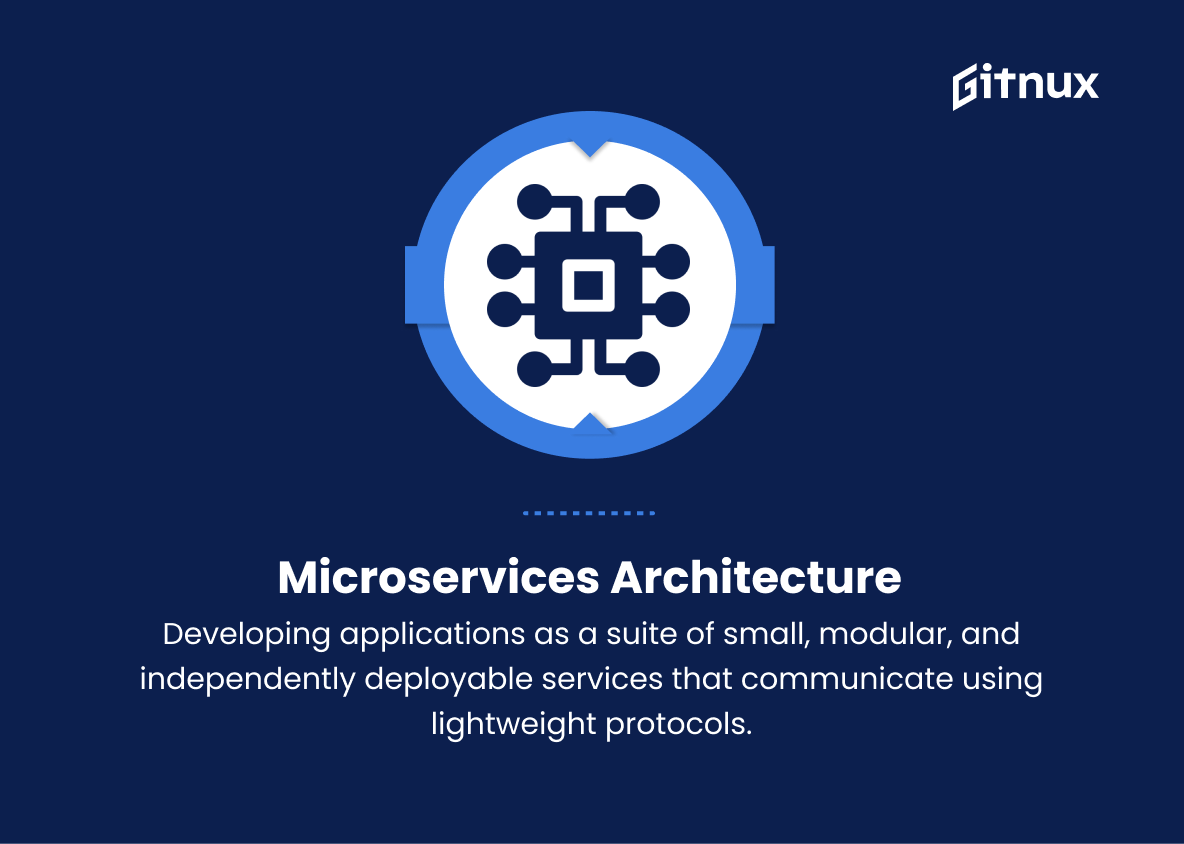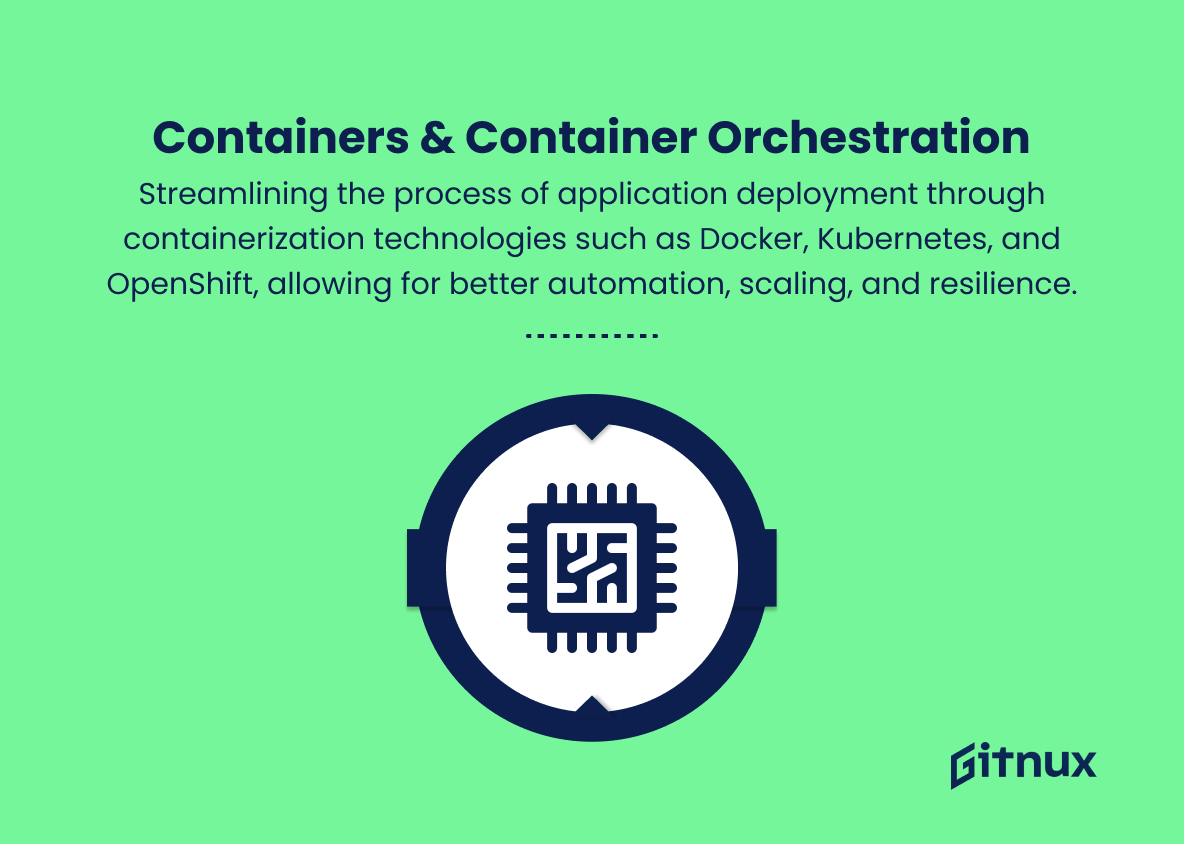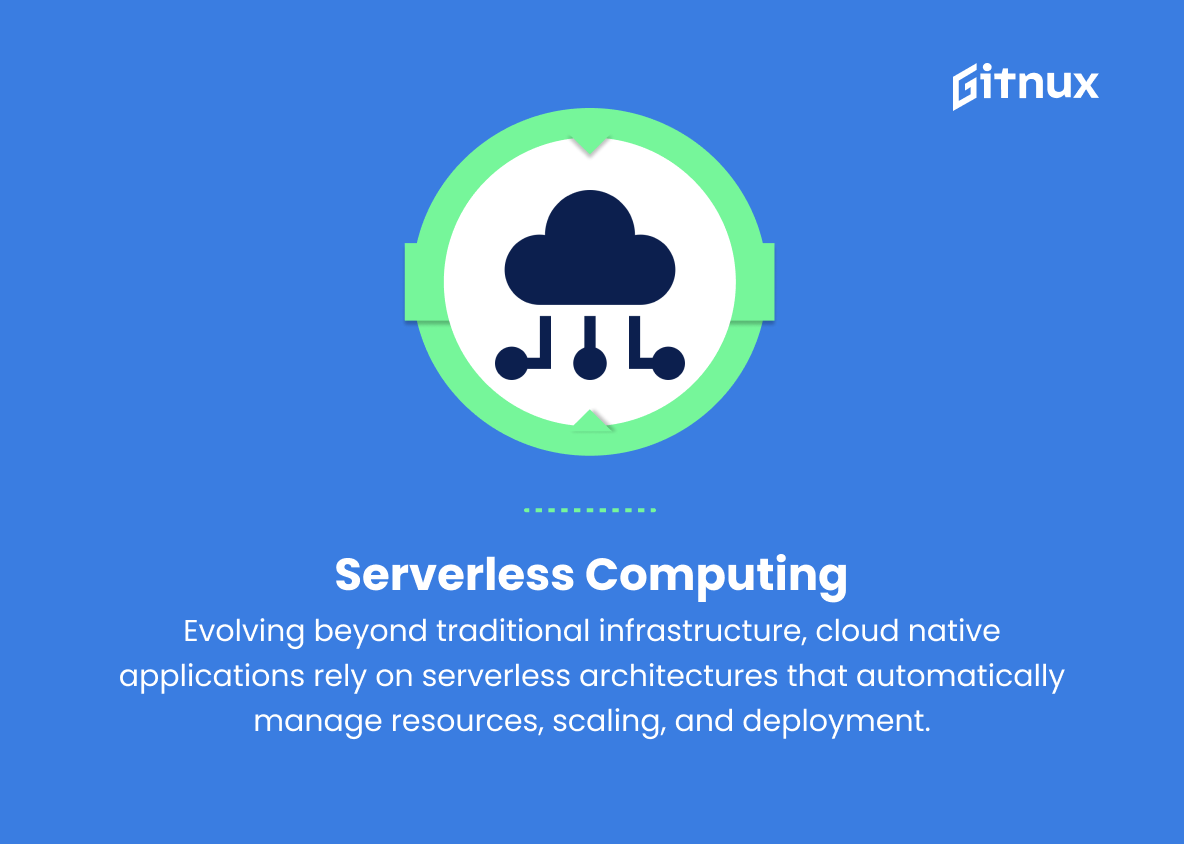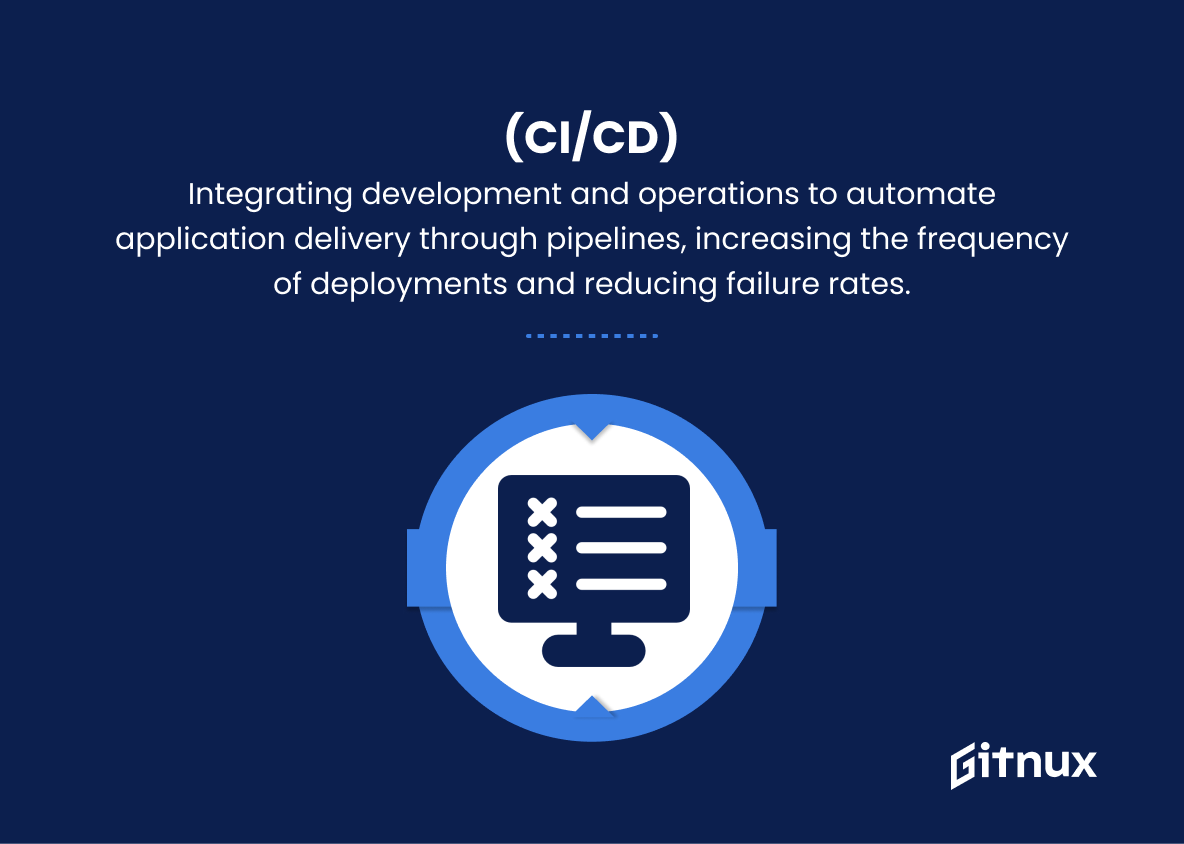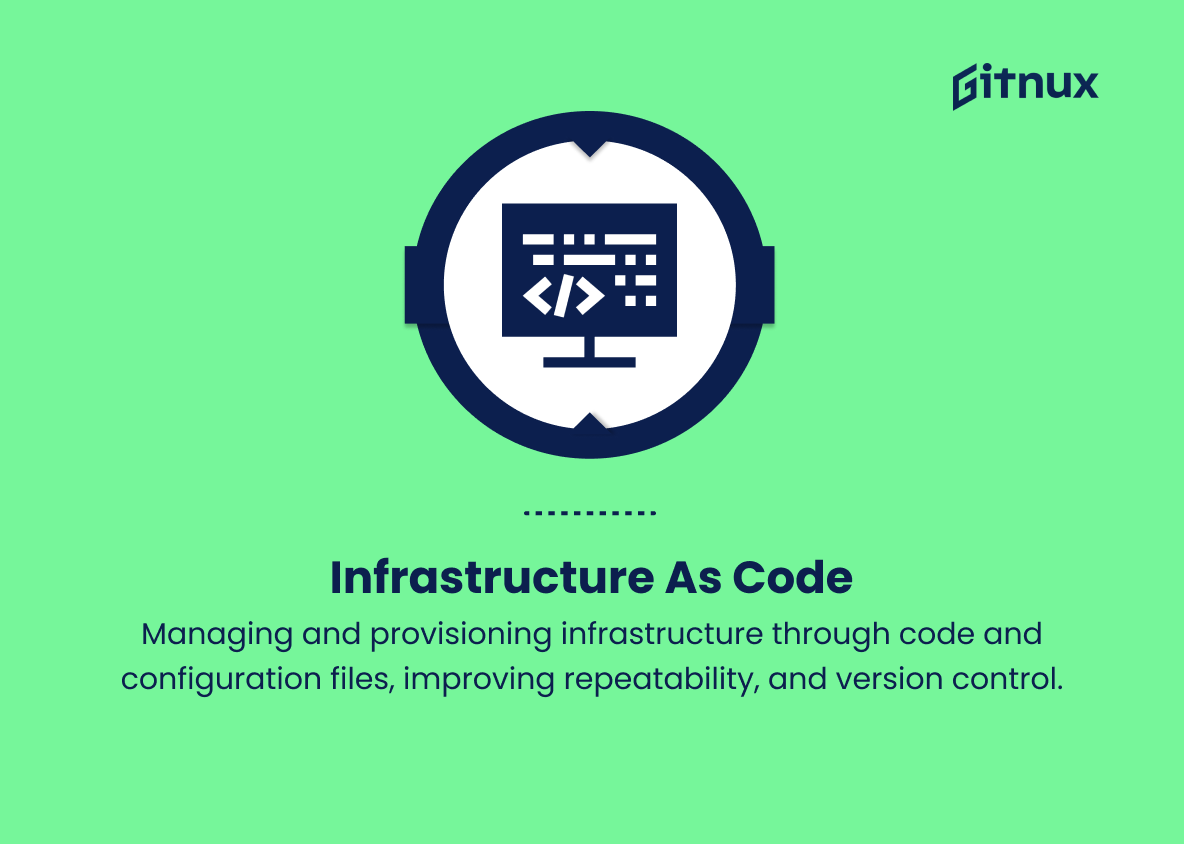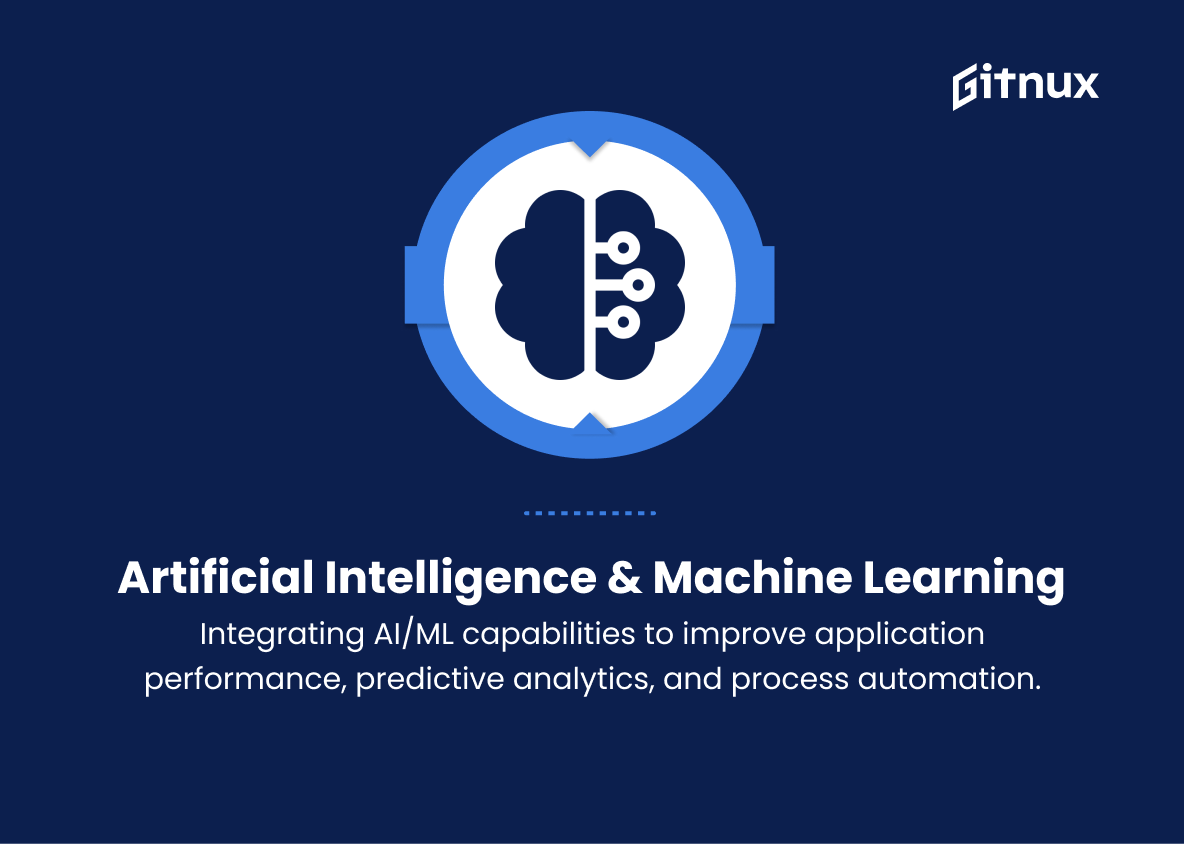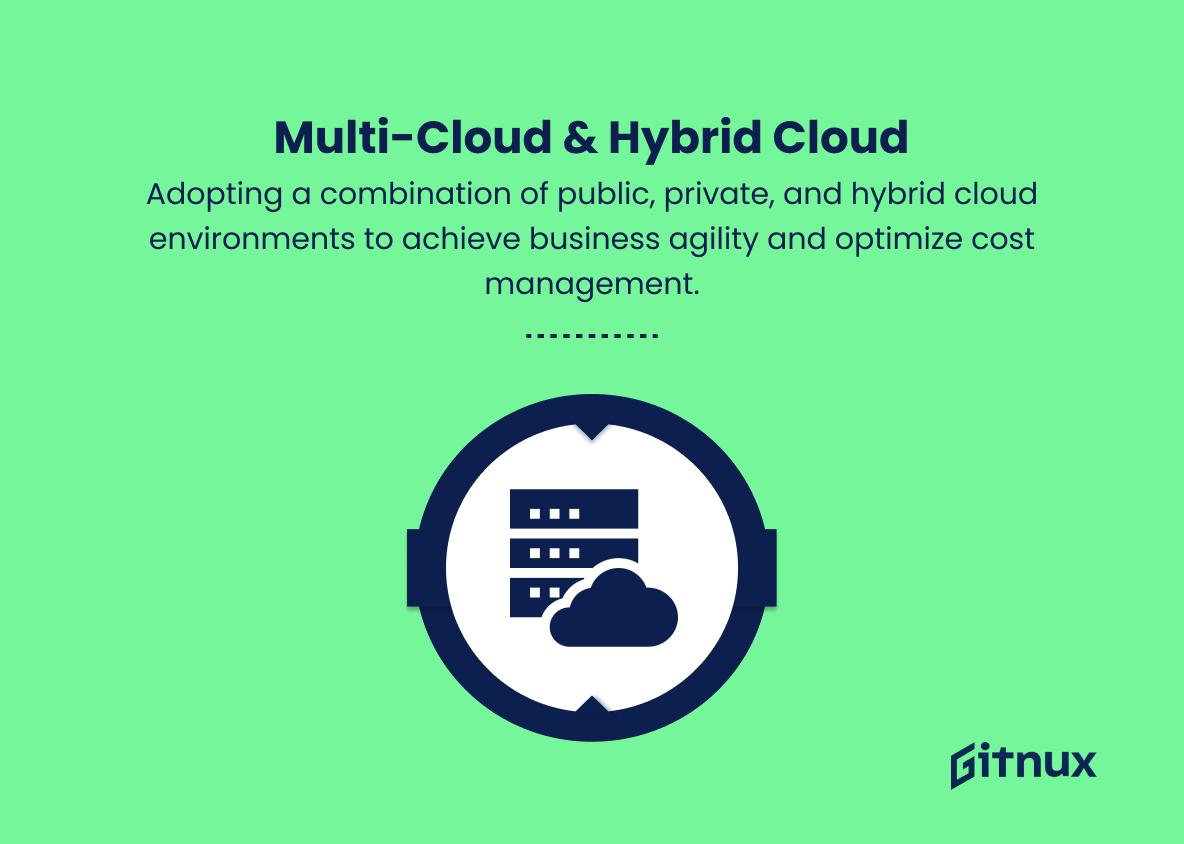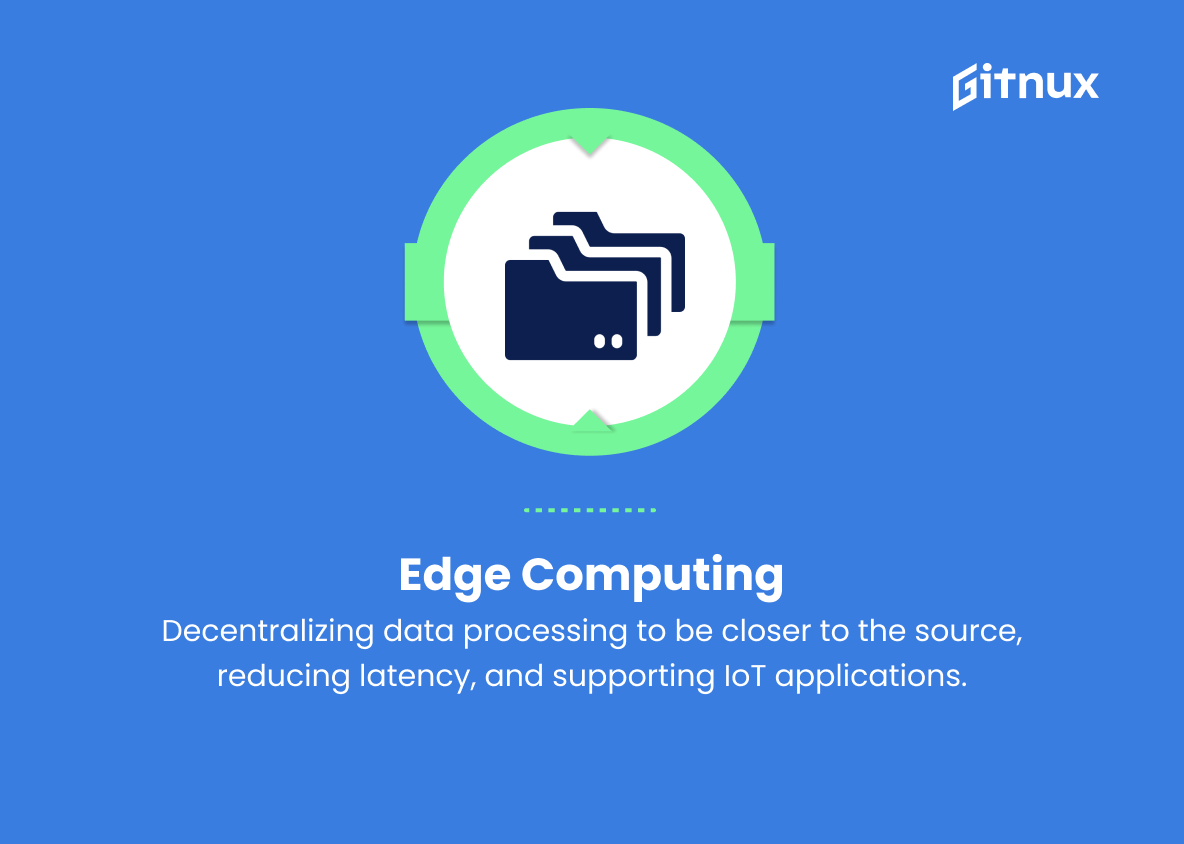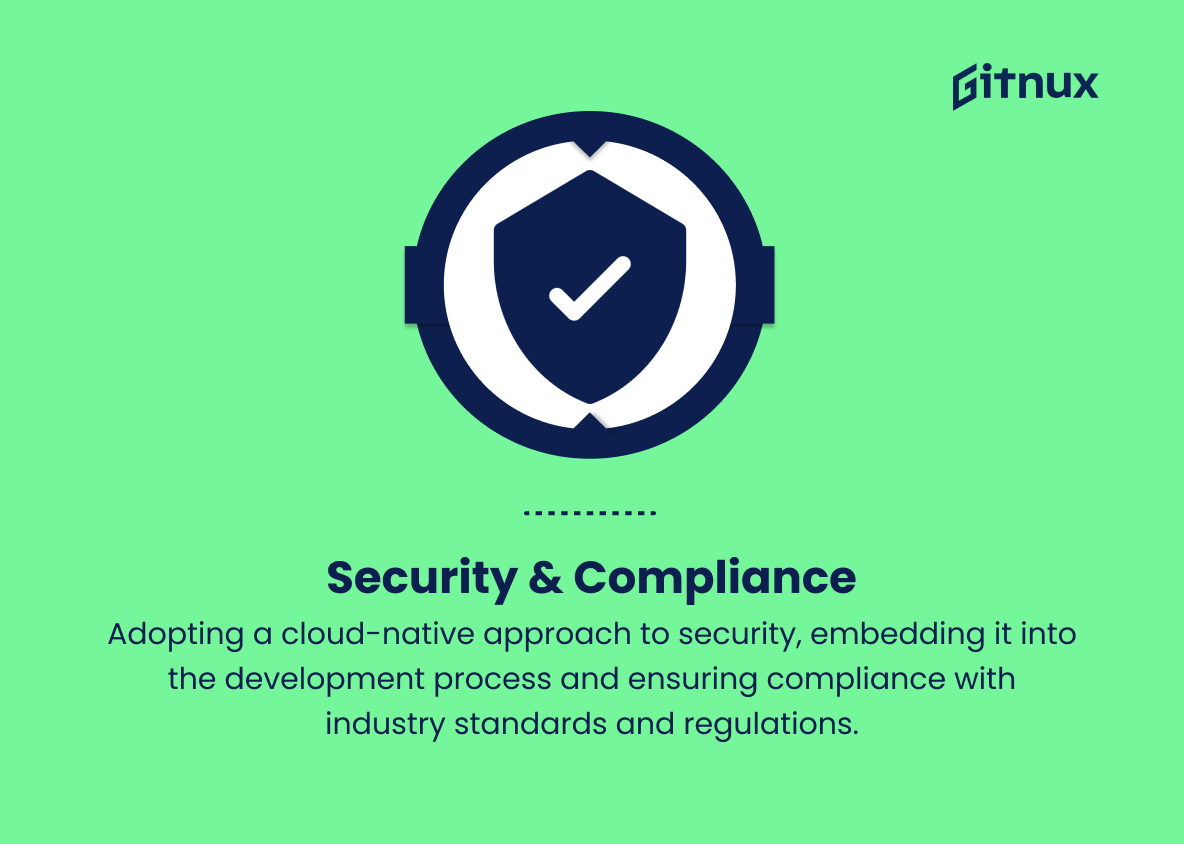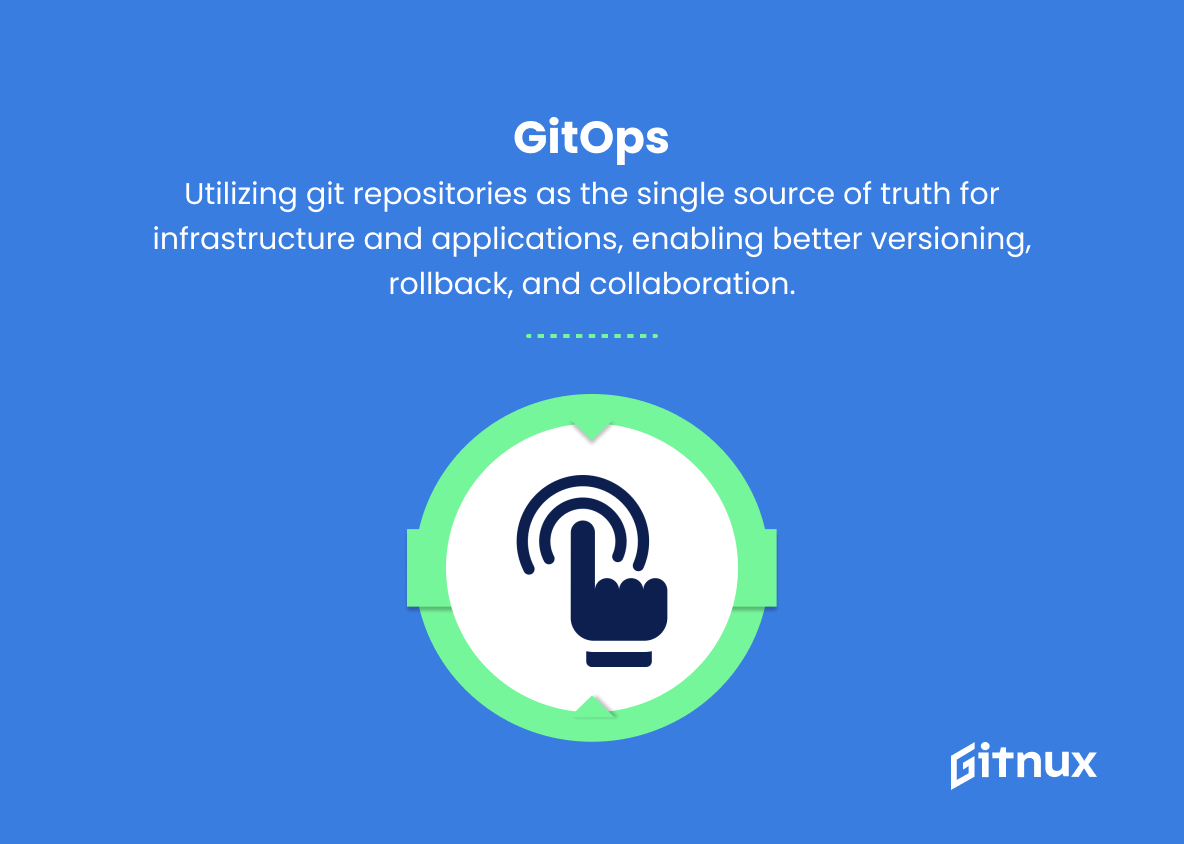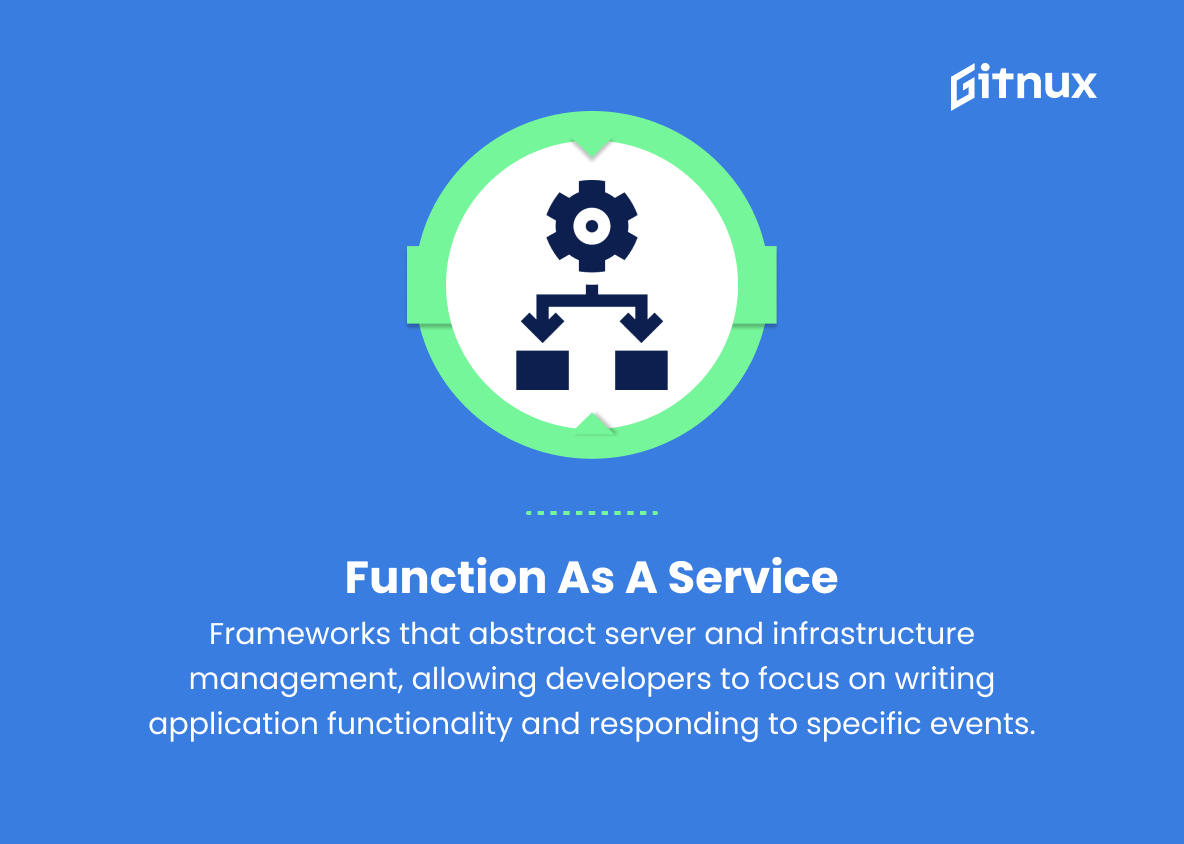As technology continues to evolve with each passing day, so do the techniques and methodologies that drive the world of software development. One such paradigm shift making waves in the industry is the rise of cloud-native applications. In this blog post, we will delve into the world of cloud-native trends, exploring the cutting edge strategies and tools that are shaping the future of efficient, scalable, and resilient software systems.
By understanding these trends, developers and organizations can make informed decisions in adopting these innovative practices, facilitating their journey towards digital transformation and competitiveness in this ever-changing landscape. Stay tuned as we unravel the core concepts, key players, and best practices in the realm of cloud-native technologies.
Top Cloud Native Trends
1. Microservices Architecture
Developing applications as a suite of small, modular, and independently deployable services that communicate using lightweight protocols.
2. Containers & Container Orchestration
Streamlining the process of application deployment through containerization technologies such as Docker, Kubernetes, and OpenShift, allowing for better automation, scaling, and resilience.
3. Serverless Computing
Evolving beyond traditional infrastructure, cloud native applications rely on serverless architectures that automatically manage resources, scaling, and deployment.
4. DevOps & Continuous Integration/Continuous Deployment (CI/CD)
Integrating development and operations to automate application delivery through pipelines, increasing the frequency of deployments and reducing failure rates.
5. Infrastructure as Code (IaC)
Managing and provisioning infrastructure through code and configuration files, improving repeatability, and version control.
6. Observability & Monitoring
Advanced monitoring, logging, and tracing capabilities to provide better visibility and insights into application performance and resilience.
7. Artificial Intelligence & Machine Learning
Integrating AI/ML capabilities to improve application performance, predictive analytics, and process automation.
8. Multi-Cloud & Hybrid Cloud
Adopting a combination of public, private, and hybrid cloud environments to achieve business agility and optimize cost management.
9. Edge Computing
Decentralizing data processing to be closer to the source, reducing latency, and supporting IoT applications.
10. API-First Design
Developing applications with a focus on APIs as a means of communication and functionality, enabling better integration and modular design.
11. Security & Compliance
Adopting a cloud-native approach to security, embedding it into the development process and ensuring compliance with industry standards and regulations.
12. GitOps
Utilizing git repositories as the single source of truth for infrastructure and applications, enabling better versioning, rollback, and collaboration.
13. Service Mesh
Implementing a dedicated infrastructure layer that manages service-to-service communication, enhancing security, load balancing, and failure recovery.
14. Immutable Infrastructure
Treating infrastructure components as replaceable, mutable resources rather than trying to maintain and update individual components, improving reliability and predictability.
15. Function as a Service (FaaS)
Frameworks that abstract server and infrastructure management, allowing developers to focus on writing application functionality and responding to specific events.
Implications
The future of cloud-native computing is shaping up to be a transformative force in the technology industry, allowing organizations to quickly adapt to market changes and deliver software with increased efficiency, reliability, and security. The trend towards microservices architecture provides a modular approach to application development, enabling businesses to remain agile by rapidly iterating and deploying new features.
This is further enhanced by container and container orchestration technologies, which streamline deployment, improve automation and scaling, and offer better resilience in application management. Serverless computing frees developers from infrastructure concerns, while DevOps and CI/CD practices ensure rapid and reliable software delivery. Infrastructure as Code (IaC) simplifies infrastructure management and provisioning, and advanced observability and monitoring solutions provide crucial insights into application health and performance.
The integration of AI and machine learning into applications promises to revolutionize the way we interact with technology, automating processes and providing predictive analytics to stay ahead of the curve. Multi- and hybrid-cloud environments offer increased flexibility, cost optimization, and the ability to capitalize on the strengths of each cloud provider. As we continue to see the proliferation of IoT devices, edge computing is becoming increasingly essential, decentralizing data processing and reducing latency. API-first design furthers this interconnected ecosystem, streamlining communication and facilitating modularity.
A robust approach to security and compliance is taking center stage as cloud-native trends demand organizations to embed security practices throughout the development lifecycle. GitOps enhances versioning, rollback, and collaboration capabilities while service mesh improves service-to-service communication and reduces operational risk. Immutable infrastructure and Function-as-a-Service (FaaS) embrace a “replace rather than repair” philosophy, ensuring that infrastructure components remain stable, reliable, and predictable in an ever-changing landscape. Thus, these cloud-native trends herald a future of faster innovation, greater adaptability, and more resilient systems, enabling businesses to thrive in an increasingly digital world.
Conclusion
In this blog post, we have delved deep into the rapidly evolving world of cloud native trends. By analyzing the key components such as microservices, containers, orchestration, and CI/CD pipelines, we’ve showcased the remarkable benefits brought by cloud native technologies. These advantages include increased scalability, flexibility, and resilience in building and managing modern applications, proving that adopting a cloud native approach isn’t just a fad, but a crucial step in maintaining a competitive technological edge.
As the industry is continuously discovering new approaches and best practices, it is essential for organizations to stay informed about the latest innovations in this domain. Embracing a culture of learning, experimentation, and continuous improvement will help businesses remain agile and leverage the full potential of cloud native solutions.
In conclusion, the future of application development undoubtedly lies in cloud native technologies. By embracing these trends and remaining aware of upcoming advances, organizations can become more efficient, adaptive, and successful in a rapidly changing digital landscape.
